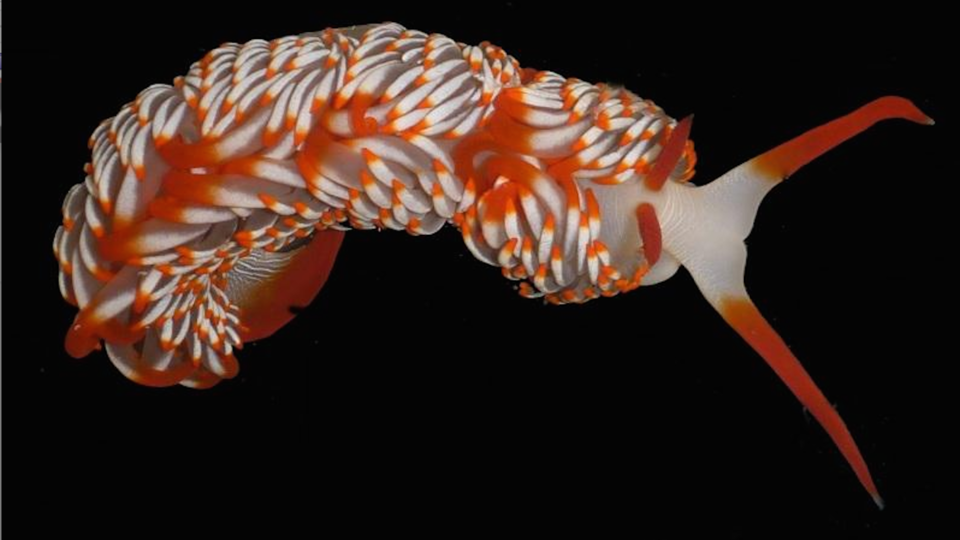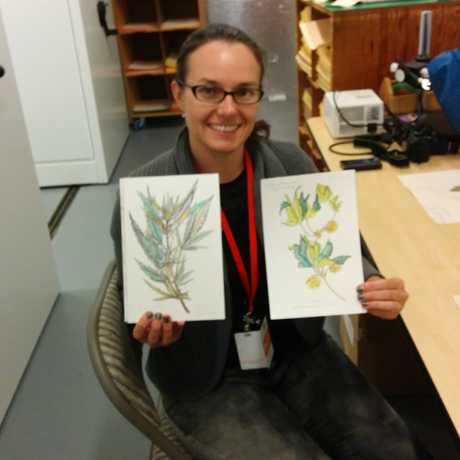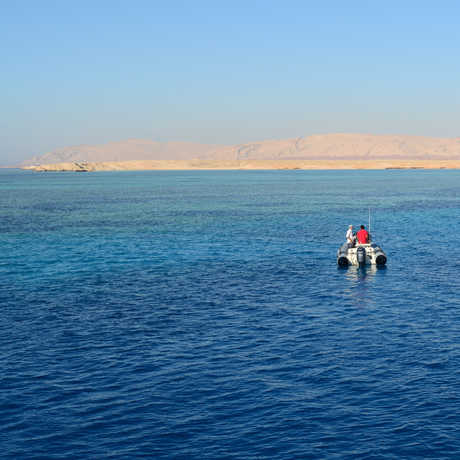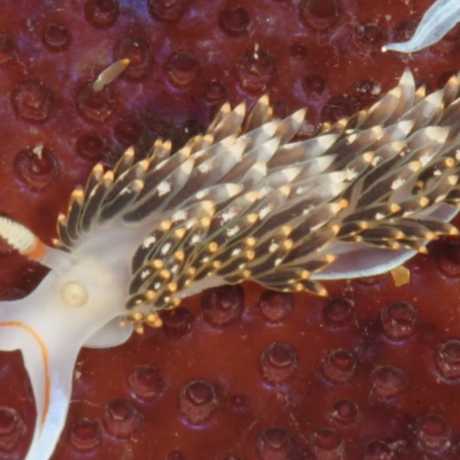Science News
New Discoveries: Long and Skinny

New Discoveries is a series where we share new species found all over the world—from the remote wilderness or ocean depths to museum shelves and everywhere in between. A collaboration between Stanford and Academy scientists and staff, New Discoveries appears on the second and fourth Wednesday of each month, and reveals how much we still have to discover about life on Earth.
Vibrant Nudibranch
Earlier this week, during Australia’s National Science Week, a new nudibranch with a new name was announced on the radio. The sea slug, Moridilla fifo, was hidden among specimens of another species, Moridilla brockii, until it received some attention from Western Australian Museum scientist Nerida Wilson. Wilson looked closely at the nudibranch’s DNA, size, anatomy, coloring, and remarkable defense strategies. The gastropod’s cerata—sausage-like tentacles—unfurl when facing a predator so that M. fifo appears larger than its normal 10 centimeters (four inches) and more threatening. Its name—part of a naming contest that garnered thousands of submissions—comes from the tens of thousands of “fly-in fly-out” (FIFO) workers in Western Australia’s mines.
Striped Snake
Mexican researchers have uncovered a new snake in the mountains of Veracruz and Puebla. Geophis lorancai joins more than 40 other species in the genus Geophis, making it the most species-rich snake in Latin America. The burrowing species is named after Miguel Ángel de la Torre Loranca, a renowned biologist, who collected many of the specimens. While most Geophis species are patternless, G. lorancai sports “black cross-bands on an orange-red background color on most of the body and tail,” according to its description, published this month in ZooKeys.
Patternless Eel
Gymnothorax indicus is a new species of moray eel discovered in the northern Bay of Bengal in India. Unlike the Mexican snake G. lorancai, the eel is patternless, pale brown with a black dorsal fin, possessing 194 vertebrae and reaching a length of about a third of a meter (one foot). The new fish is different from other morays because its anus is at mid-point on its body, its teeth are “sharp and depressible,” and its snout is blunt, according to the new study. Reports also say that the new eel is edible, which could help contribute to food security in the region in the future.
Image: Nerida Wilson, Western Australian Museum


